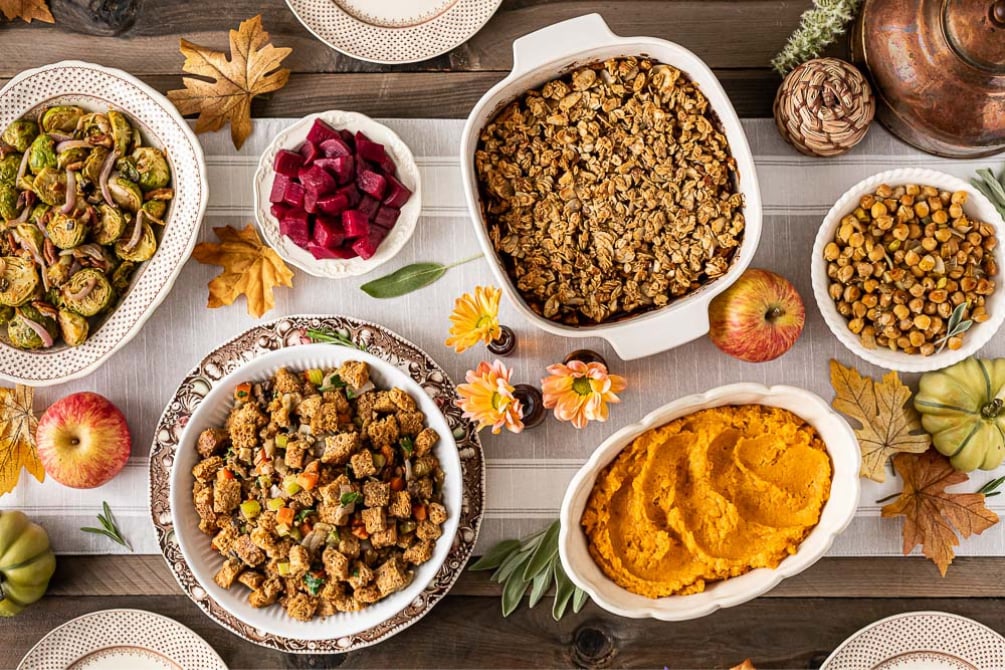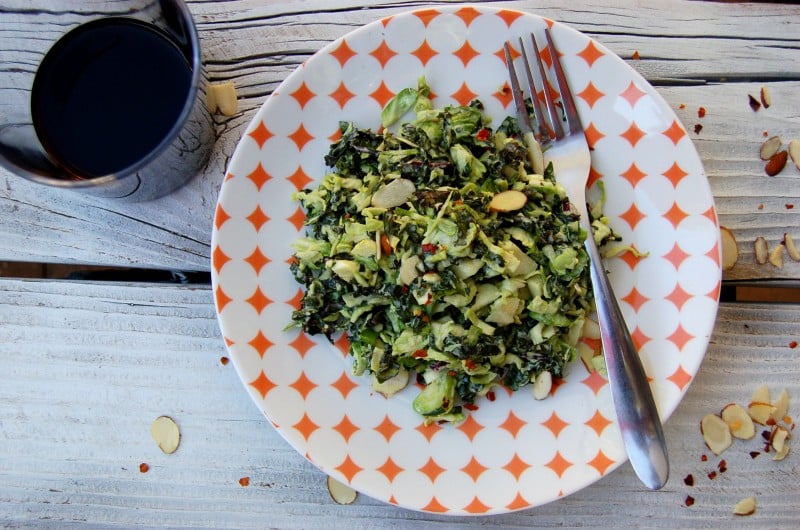How to Juice Without a Juicer (Blender Method)

By Team Dirty
Dec 28, 2023,
By Team Dirty
Dec 28, 2023,
Juicing is a delicious way to boost nutrient intake and deliver vitamins, minerals, and phytochemicals directly to your beautiful bod. But if you don’t own a juicer and don’t want another appliance taking up counter real estate, we’ve got good news! You can still enjoy the benefits of fresh, homemade juice using a blender, something to strain your juice with, and these easy-to-follow directions. Let’s get juicy!
What you’ll need
To juice without a juicer, you’ll need a few tools for a smooth and efficient process.
Apron
This is optional, but making juice without a juicer can be messy, and some plant juices can stain clothing or skin. Even if you’re not worried about staining, it’s always nice to break out that kitschy apron you forget you have and twirl around the kitchen. Gloves are another great way to protect from staining.
Blender
First and foremost, a reliable blender is the star of the show. While high-powered blenders like a Vitamix or Blendtec will make fast work of your produce, a less expensive low-powered blender will work as well. Keep in mind that you may need to cut your produce a little smaller and run the blender a little longer. If you’re in the market for a new blender, here’s a great resource breaking down the pros and cons of many popular blender brands.
Nut milk strainer bag
If you’ve never considered making your own non-dairy milk from nuts, seeds, or oats, the name of this tool may give you pause (it’s not a sex toy, we promise). When used as designed, you’d soak almonds (or oats or cashews, etc.), then blend the soaked nuts along with water, and strain using one of these nifty bags, leaving only non-dairy milk behind. They work the same in this application, removing the fruit and veggie pulp and leaving only fresh, nutritious juice. We like this model with a handle.
You can also use a food-safe paint strainer bag (clean and never used for paint, obviously) or layer several sheets of clean cheesecloth over a fine mesh strainer (you may need to strain more than once if using this method).
Produce
When choosing your produce for juicing, use mostly veggies. Carrots, cucumber, and celery are all good options for your base veggies. When adding fruit, choose ones that aren’t too sweet, like green apples or pears. Feel free to juice leafy green stems (kale, chard, etc.). They won’t have a ton of juice, but every drop counts! Also, when choosing leafy greens, be careful of strongly flavored varieties, like mustard greens and arugula. While delicious in a salad, they can be overwhelming in juices. Also, avoid juicing avocados, bananas, mushrooms, and eggplant.
Here’s how to make juice with a blender
Wash and prep your ingredients
If you haven’t already, wash your produce and cut into manageable pieces, about 1.5–2 inches big.

Start with water
Before you add any veggies or fruit to your blender, add a cup of water for every serving of juice you plan to make. This will serve as the liquid foundation for your juice and keep things lubricated so things blend well.
Blend, baby, blend
Add the ingredients to your blender in small handfuls and blend in between. If you have a Vitamix or Blendtec, feel free to add all the ingredients at once. Blend until everything is broken down and the mixture achieves a smooth, thick consistency.

Time to strain the juice
To extract the juice from the pulp, pour the blended mixture through a nut milk strainer bag set over a medium-sized bowl or pitcher to catch the juice. Squeeze the bag or press the mixture through using a rubber spatula to extract all the juice. The pulp will be fairly dry once you’ve extracted as much as you can. Depending on how much juice you’re making and the size of your strainer bag, you may need to do this in multiple batches.

Serve and enjoy your juice made with your blender
Transfer the freshly squeezed juice to a glass and savor the vibrant flavors.
Get creative
Juicing is more art than science. Feel free to experiment with different ingredient combinations to suit your taste preferences. Have fun with the process and tailor it to your liking! Check out this delicious Juicer-Less Green Juice recipe for inspiration.
Storing juice and leftover pulp
The incredible nutrients in juices start to break down as soon as they’re exposed to oxygen through oxidation. For that reason, we recommend that you drink your juice as soon as you make it, or store in an airtight container with the juice filled all the way to the top for up to 24 hours.
Wondering what to do with the leftover pulp? You can freeze it for later use in recipes like crackers or to thicken soups. Alternatively, you can add it to your compost for eco-friendly disposal.
Juicing without a juicer is not only possible but also surprisingly easy. With this blueprint, you can enjoy nutrient-packed, homemade juices that rival those created with specialized equipment. So, what are you waiting for? Gather your ingredients, fire up your blender, and treat yourself to a delicious and healthy juice your body will thank you for! Then, tell us all about it in the comments below.
Here’s to kitchen tool names that make you giggle!
Xo
Team Dirty
Stop junk food cravings and glow from the inside out with our 3-day juice fast.
1 Comment
Leave a Comment
Love the food that loves you back
Get instant access to thousands of plant-based recipes and meal plans, no credit card or perfection required.














Thanks for reminding me why I bought my vitamix blender 5 years ago!!😊